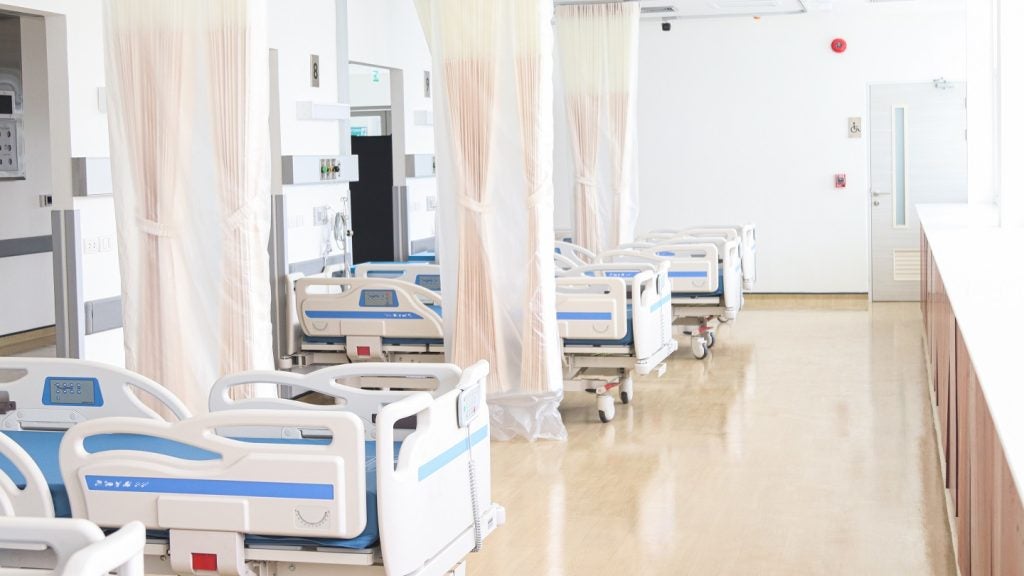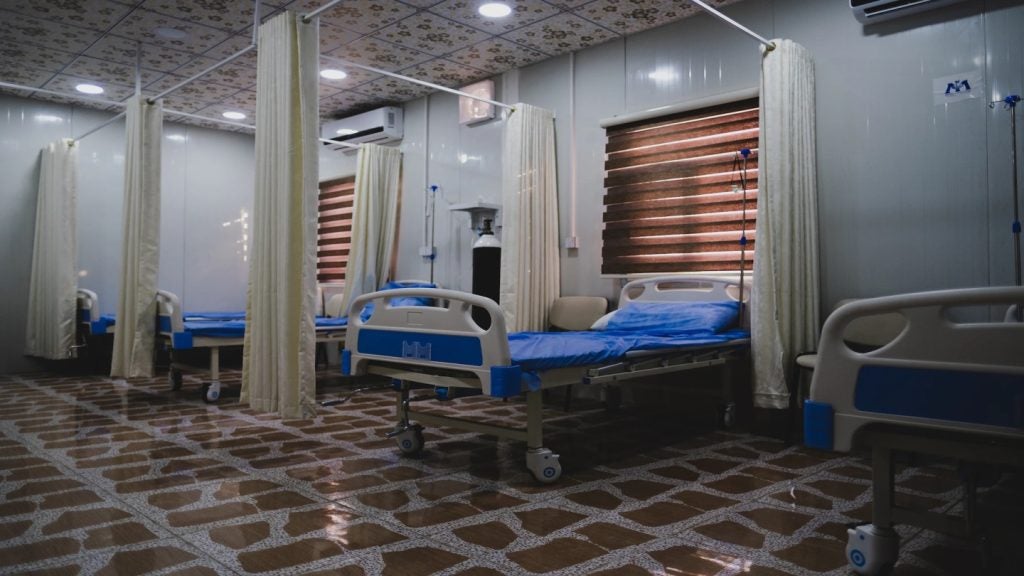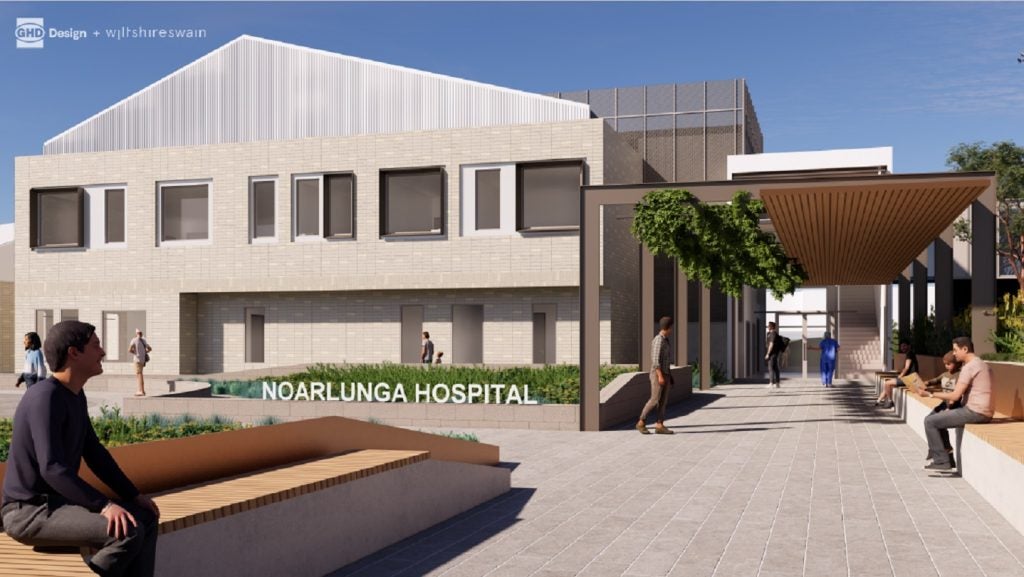Australia's Queensland Government is allocating a further A$200m ($130.31m) over two years to address the issue of long-stay patients in public hospitals.
This funding aims to increase hospital capacity and free up beds for other patients by cutting down the number of long-stay patients.
Long-stay patients refer to those who are medically fit for discharge but continue to stay in the hospital.
It happens because of a scarcity of available aged care or disability accommodation and support, primarily financed by the Commonwealth.
This investment comes in response to the latest Hospital Performance data, which indicates improvements in various healthcare metrics but also reveals an increase in long-stay patients to 877. The figure is up by 247 patients compared to August 2022.
The funding will support a range of initiatives, including purchasing private sector aged care beds in local communities, assisting private nursing homes in caring for patients with complex needs, and enhancing tie-ups with the national disability insurance scheme (NDIS).
In addition, it will help expand the staff count in Aged Care Assessment Teams and bolster existing programmes such as the Long-Stay Rapid Response programme and Hospital in the Home.
It will also explore options to move long-stay patients from tertiary hospitals to rural hospitals nearer to their homes.
Queensland Minister for Health, Mental Health and Ambulance Services and Minister for Women Shannon Fentiman said: “Our A$200m investment to reduce long-stay patient numbers will help us significantly improve hospital capacity and ensure long-stay patients are getting more appropriate care.
“The cost of long-stay patients to the public health system is around A$1.7m a day and the impact on a hospital’s capacity to manage patient flow and deliver acute care is significant.
“I have no doubt these investments will help Queensland Health continue to deliver world-class healthcare and ease pressure on our busy hospitals.”















